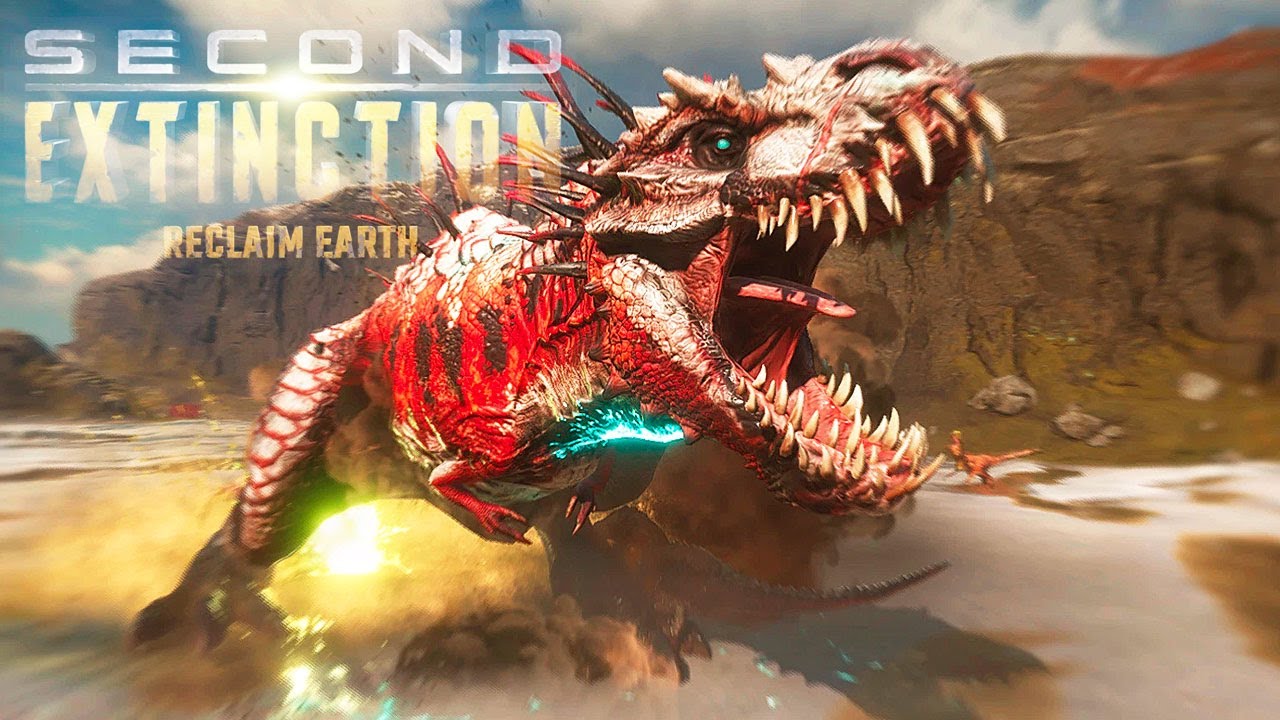

The second major mass extinction in the history of life on Earth happened during the Devonian Period of the Paleozoic Era.

Suspected Cause or Causes: Lack of oxygen in the oceans, quick cooling of air temperatures, volcanic eruptions and/or meteor strikes.Size of the Extinction: Nearly 80% of all living species eliminated.When: The Devonian Period of the Paleozoic Era (about 375 million years ago).It was then up to the few surviving aquatic autotrophs to increase the oxygen levels so new species could evolve. Again, species were too slow to adapt before extinction took them out completely. The episode ended so suddenly that the ocean levels rose too quickly to hold enough oxygen to maintain the species that had survived the first wave. The second wave was when the ice age finally ended-and it was not all good news. Sea levels lowered and many land species could not adapt fast enough to survive the harsh, cold climates. The first wave was an ice age that encompassed the entire Earth. The cause of this mass extinction event is thought to be the shift in the continents and drastic climate change. There were also even some land species at this time. The first known life forms appeared about 3.6 billion years ago, but by the Ordovician Period, larger aquatic life forms had come into existence.

At this time in the history of Earth, life was in its early stages. The first known major mass extinction event occurred during the Ordovician Period of the Paleozoic Era on the Geologic Time Scale. Suspected Cause or Causes: Continental drift and subsequent climate change.Size of the Extinction: Up to 85% of all living species eliminated.When: The Ordovician Period of the Paleozoic Era (about 440 million years ago).


 0 kommentar(er)
0 kommentar(er)
